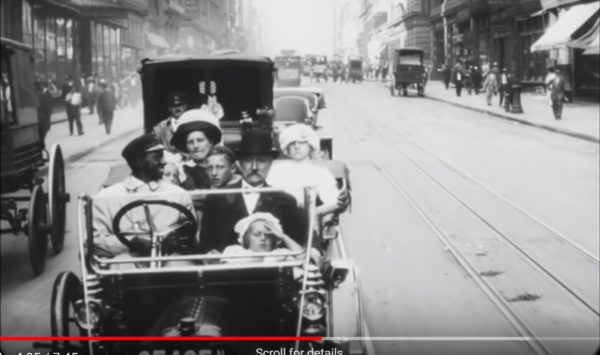ARRESTED FOR SELLING BICYCLE OIL (1896)
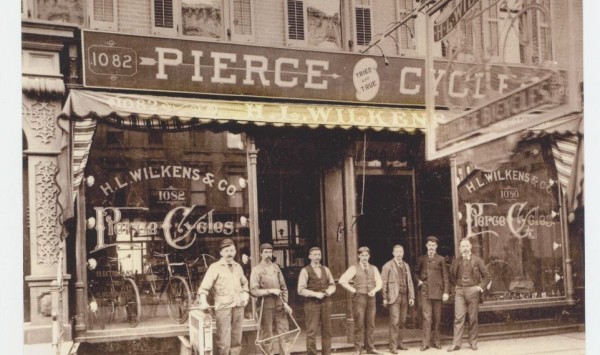
******************************************************************************************************************************** Brownstone Detectives investigates the history of our clients’ homes. The story you are about to read was composed from research conducted in the course of one of those investigations. Do you know the history of YOUR house? ******************************************************************************************************************************** In 1896, bicycling was so enormously popular that Brooklynites were being arrested for it. So much so that “wheel” shops made it a practice on Bedford Avenue to stay open on Sundays in open violation of the “Sunday law” which prevented businesses from operating on that day. In April of that year, Detective Brady of the Fourth Precinct was sent on a mission to do something about this infringement upon decent society. Churchgoers living in the Bedford Avenue section – the primary bicycling route back then – were the most vocal complainers, informing the police that, at 1082 Bedford Avenue in particular, not only “are goods disposed of, but that the repairing department of some of these establishments are in full blast all day Sunday, and workmen are kept busy fixing up disabled wheels.” Armed with this information, Brady took a Sunday trip down the busy avenue – perhaps on his bicycle, to ensure he played well the part of the wheelman – to investigate. Arriving at the address in question, he “found the store of H.L. Wilkens & Co., at 1082 Bedford avenue, open and business being carried on.” Approaching a worker at the store, in order to have evidence against the establishment, Brady purchased a bottle of bicycle oil. […]
INSIDE SUMNER ARMORY – BASEBALL! (1895)
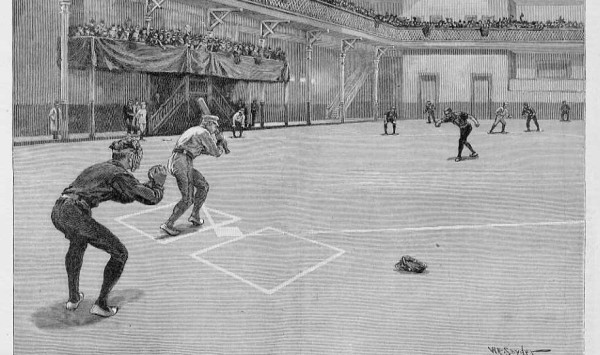
******************************************************************************************************************************** Brownstone Detectives investigates the history of our clients’ homes. The story you are about to read was composed from research conducted in the course of one of those investigations. Do you know the history of YOUR house? ******************************************************************************************************************************** Back in the day, in addition to drilling the troops, our national guard reserve units used to utilize our armories the way we all hope they’ll be used again one day – for exercise and fitness. Here at the 13th Regiment Armory (formerly known as the Sumner Armory on Sumner Avenue [now known as Marcus Garvey Boulevard] between Jefferson and Putnam Avenues), a number of the men chose up sides and played a game of baseball – inside. By the mid 1870s, “baseball already was popular in most big eastern cities and remained so throughout the nineteenth century,” noted “The Great Encyclopedia of Nineteenth-Century Major League Baseball” By David Nemec. “The ball was softer, the fielders never wore gloves, the bases were closer together and sliding was taboo–otherwise spectators saw much the same display of skills they did during the outdoor season.” Views of the armory (which was built in 1891, according to Save Bedford-Stuyvesant, in order to replace an armory in Flatbush) from the outside are all too easy to come by. But shots like these (drawings, rather), depicting the layout of the structure from the inside, appear much less often. Originally, according to the New York Times, “(i)nside the headhouse, the administrative section at the front of the armory, […]
WERE TEDDY’S ROUGH RIDERS HERE? (1898)
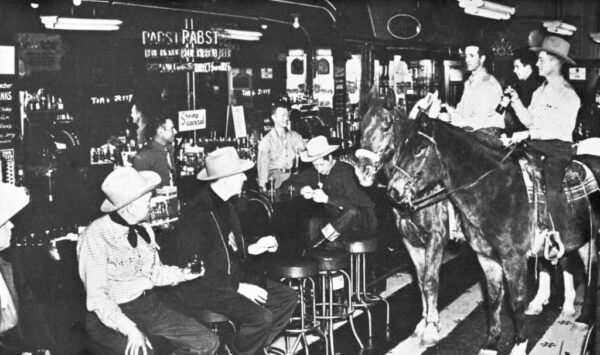
******************************************************************************************************************************** Brownstone Detectives investigates the history of our clients’ homes. The story you are about to read was composed from research conducted in the course of one of those investigations. Do you know the history of YOUR house? ******************************************************************************************************************************** Did Teddy Roosevelt’s Rough Riders once ride their horses through a saloon located at No. 50 West Eighth Street? Read on and find out. It was 1898. Theodore Roosevelt’s organization of his “Rough Riders,” his well-publicized departure for Cuba, and his ultimate glorious charge in the Battle of San Juan Hill was literally still on the lips of every man, woman, and child in America. New York City was no different. In fact, approximately 1,000 New Yorkers had volunteered to serve with Roosevelt’s Rough Riders as part of the 71st Regiment Infantry New York Volunteers. Certainly, the pride of the regiment was the fact that among the units to reach the top of San Juan Hill with Roosevelt was Company F of the third battalion of the 71st Regiment. In the end, around 80 of the unit’s men were killed or wounded in the fight for San Juan Hill. Thus, it was a point of pride in New York City when the Spanish-American War ended in 1898 and the unit’s members returned home to blend back in with their civilian compatriots. While some probably blended in much better than others, those others may have wished for the glory days and their battle stories to continue. In fact, the camaraderie and good […]
FLOWERS THAT BLOOM IN THE SPRING! (1895)
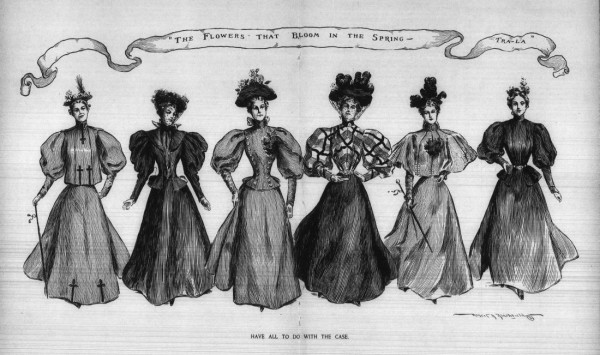
******************************************************************************************************************************** Brownstone Detectives investigates the history of our clients’ homes. The story you are about to read was composed from research conducted in the course of one of those investigations. Do you know the history of YOUR house? ******************************************************************************************************************************** From an 1895 issue of Brooklyn Life magazine comes this hopeful look forward to that year’s Spring through the words of The Mikado’s “The Flowers That Bloom in the Spring (Tra-la).” The Mikado was about to enjoy a revival at The Savoy Theatre that year, and all indications were that it was a smashing success. “If the enthusiastic applause with which The Mikado was received last night at the Savoy Theatre is any criterion of success,” the New York Times wrote, “the revival of Messrs. Gilbert and Sullivan’s popular opera should lead to as long a run as it achieved on its first production.” Brooklyn Life produced this drawing of six women (“flowers that bloom in the spring”) dressed in what appears to be costumes appropriate for the Spring. According to the Brooklyn Historical Society (BHS), Brooklyn Life chronicled “the social and economic life of Brooklyn from 1890 to 1931.” The BHS continues: “Looking through the issues one can see in the early issues the importance of bicycles, but at the turn of the century the emphasis turns toward the automobile. Other topics of the magazine include fashion trends, advertisements by Brooklyn businesses, real estate developments in up-and-coming neighborhoods like Flatbush and Ditmas Park, photographs of the then new construction in […]
WHEN WOOD HOUSES BECAME EXTINCT (1909)
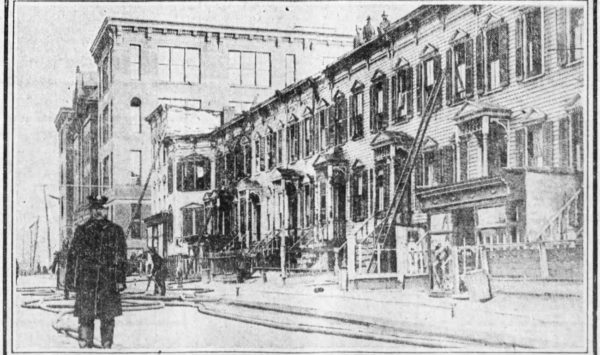
******************************************************************************************************************************** Brownstone Detectives investigates the history of our clients’ homes. The story you are about to read was composed from research conducted in the course of one of those investigations. Do you know the history of YOUR house? ******************************************************************************************************************************** On a cold December day in 1909, on a busy thoroughfare in Brownsville, the lives of hundreds of school children were invariably altered when a row of frame houses adjoining their school began to burn out of control. The flames “shot to the roof and then ran under the cockloft roof of ten two-story frame structures.” “Fanned by high wind, the smoke from the burning structures enveloped the schoolhouse,” noted the Brooklyn Daily Eagle. The school, which no longer exists, sat at one time on the corner of Dumont Avenue and Powell Street – where the Van Dyke II Senior Center now exists. The smoke enveloping P.S. 109, as the school was known, which had “accommodations for five thousand pupils,” had brought their “excited parents” by the dozens who “refused to believe at first that flames were not raging in the building.” “So quickly did the fire eat away through the row of frame houses that many of the inmates had narrow escapes.” That day, the city condemned at least 10 two-family houses which were housing approximately 25 families, making roughly 150 residents instantaneously homeless. EXTENDING THE FIRE LIMITS Advocates for the termination of the building of wood frame houses increased their pleas to city officials to extend the fire limits […]
SHE MASQUERADED IN MALE ATTIRE (1894)
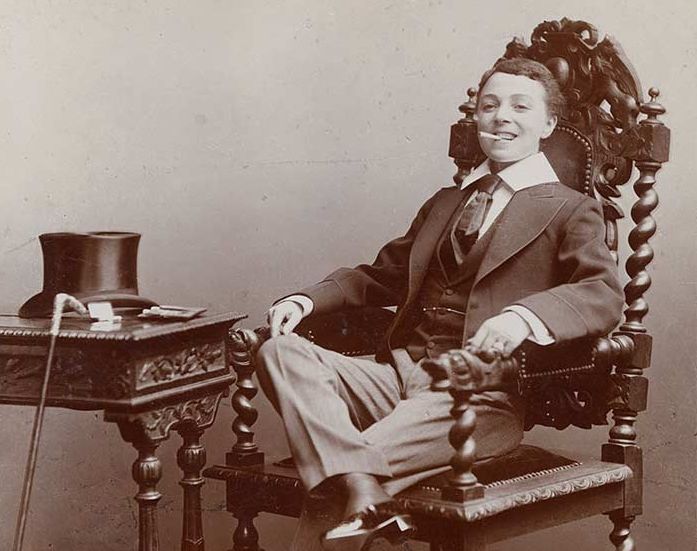
******************************************************************************************************************************** Brownstone Detectives investigates the history of our clients’ homes. The story you are about to read was composed from research conducted in the course of one of those investigations. Do you know the history of YOUR house? ******************************************************************************************************************************** Poor Mrs. Emily Lund. She was not prone to wearing men’s clothing – at least not in public. But the night in 1894 that she did dress so, she was arrested and tossed in the slammer. Officer Michael Quinn of the Hamilton Avenue police station arrested Lund, on Van Brunt, in Red Hook (or “South Brooklyn”) near William. The 55-year-old domestic had been discovered there attired “in a pair of trousers, a vest and a long mackintosh.” THE NIGHT IN JAIL After spending the night in jail, she was arraigned in the Butler street police court the next day. Her husband, who could not bring himself to even show his face, had his mother appear in his place. She brought “an outfit of women’s clothing” for his wife. When “Emily could make no coherent reply to Justice Tighe’s questions as to why she masqueraded in male attire,” Mrs. Lund’s mother-in-law told the court that her daughter-in-law’s “mind was affected.” POSTSCRIPT: “WHAT HAPPENED TO EMILY?” OR “THE POWER OF PUBLIC SHAMING” Whether that was the truth or Emily’s mother-in-law simply found the explanation convenient and a good cover up of the actual truth, it is not known. What we can guess, though, is that the Lund family was probably the butt of […]
REDEMPTION COMES FOR A BOY FIREBUG (1913)
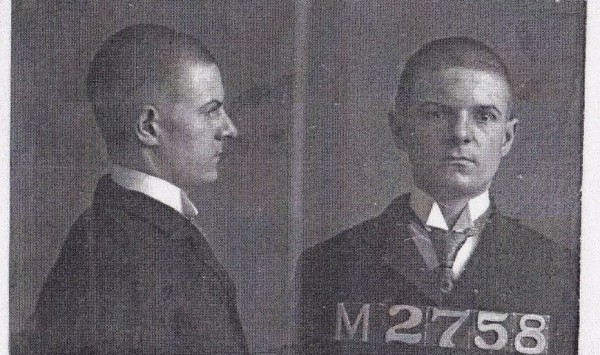
******************************************************************************************************************************** Brownstone Detectives investigates the history of our clients’ homes. The story you are about to read was composed from research conducted in the course of one of those investigations. Do you know the history of YOUR house? ******************************************************************************************************************************** (Ed.’s Note: A few weeks ago we received a letter from out of the blue. The writer claimed something fantastic – something astounding. It was a coincidence that spawned a story which gave life to an incredible – but true – tale. A story that we had written in a Brownstone Detectives blog several months earlier had recently popped up in this gentleman’s Google search about his great-grandfather. His great-grandfather, though, was no ordinary Brooklynite. For months in 1899 he had set fires in the houses – and fear in the hearts – of the Brooklynites of the Eastern District. He had also set the city to talk about, theorize on, and fabricate what had been causing the fires and where they would blaze next. The story you will read lays out the very particulars and the characters involved in the case. It is written by a particularly credible and relevant source of the information, information that was uncovered through some keen and dedicated detective work. For the gumshoe detective work behind this piece of crime investigation was performed by a man who only last year came to learn of this fantastic and amazing tale – fantastic because it was about his family, and amazing because no one in his family […]
A HEART FROM BED-STUY’S GIANTESS (1898)
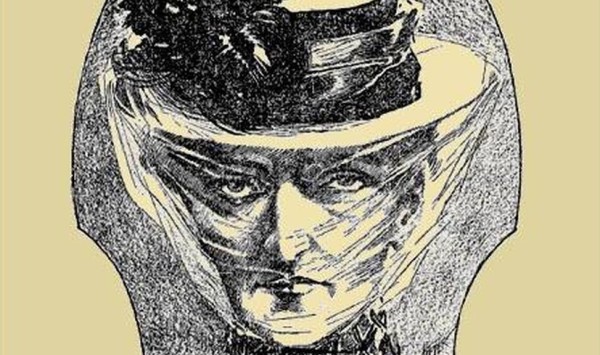
******************************************************************************************************************************** Brownstone Detectives investigates the history of our clients’ homes. The story you are about to read was composed from research conducted in the course of one of those investigations. Do you know the history of YOUR house? ******************************************************************************************************************************** The history of Bedford-Stuyvesant embraces many giants. There is Jackie Robinson, Jackie Gleason, and Chris Rock, just to name a few. Bedford-Stuyvesant, though, probably claims only one giantess. It most certainly claims only one murdering giantess – and, no doubt, claims the first murdering giantess to be put to death in the electric chair. Martha Place, who lived for a time in a brick townhouse at 598 Hancock Street, was that giantess. She stood 6 foot 7 inches tall and – around Valentine’s Day of 1898 – had become the talk of Stuyvesant Heights. But her popularity was not due to her loving, endearing ways. Quite the opposite. It was because she had committed such a brutal murder that year that the State of New York considered, for the first time, putting a woman to death in their new-fangled electric chair. The electric chair had been adopted by the State of New York just ten years previous. And in the decade to follow, just 25 men had been executed with it. This would be the first time, though, that “Old Sparky” would snuff out the life of a woman. Indeed most people could not believe it was about to happen. A jealous and volatile woman, Martha had had the “temper of […]
THREE MEN AND A PIG (1892)
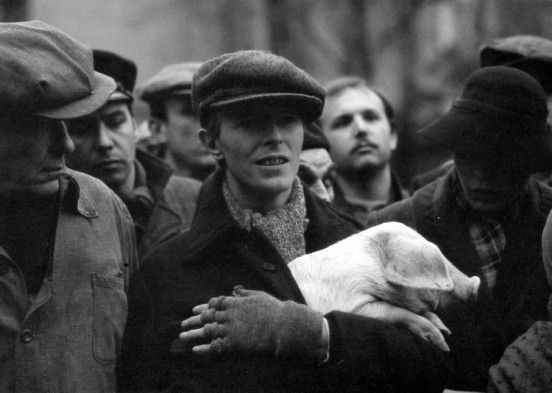
******************************************************************************************************************************** Brownstone Detectives investigates the history of our clients’ homes. The story you are about to read was composed from research conducted in the course of one of those investigations. Do you know the history of YOUR house? ******************************************************************************************************************************** (The setting of our story: The Eastern District of Brooklyn back in 1892 was a far more rural place that it is today. Comprised primarily of Williamsburg, Bushwick, and, parts of Stuyvesant Heights, the “E.D.,” as it was then called, was a semi-residential district filled with many small farmers living in frame houses and shanties, all of whom seemed to be living on the very edge of the world.) “Three men and a live, squeaking pig passed through Union avenue this morning.” The pig in the story “was an involuntary member of the quartet.” He was in the process of being stolen. “…(H)is shrill protests were heard by Policeman Farrington of the Nineteenth precinct, who traced the cries to the source. A man whom the policeman recognized as Thomas Farmer, Jr., of Union avenue and Frost street, was carrying a bag over his shoulder. “Farrington,” the story noted “gave chase and caught Farmer, who dropped the imprisoned pig on the sidewalk and showed flight. So desperate was his resistance that the officer was compelled to draw his club and a fierce fight of a few minutes’ duration terminated in the complete subjugation of Farmer.” Apparently, the two companions of the aptly named Farmer had fled. But they would not be gone […]
